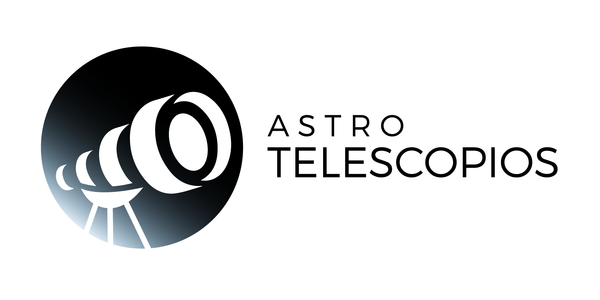
Astronomical events in May 2024 in Spain and Portugal
May is a month full of interesting astronomical events to observe from Spain and Portugal . During this month, nighttime temperatures begin to increase and the somewhat later evening time allows us time to prepare the observation equipment.
Below is a summary of some of the most notable events:
1. Eta Aquarid Rain: Visible from May 5 . This meteor shower can produce up to 60 meteors per hour at its peak. The spectacle is produced when planet Earth passes through the dust particles left by Halley's Comet. The moon will not be a problem for observation.
This event can be observed with the naked eye from locations with low light pollution. The peak, that is, the time when the most meteors can be sighted, is during the night of May 5 to 6.
2. New Moon and observation of deep sky objects: When there is a new Moon it is a good time for all people interested in astronomical observation. During the night of May 8, the absence of the brightness of our natural satellite facilitates the observation of deep sky objects. May is the last chance to see some of them. These will mainly be visible with a telescope:
- Spindle Galaxy (NGC 5866), apparent magnitude 9.9. The Spindle Galaxy's small size and edge-on orientation make it challenging to see even through small telescopes. Therefore, use a large telescope for observation.
- Santa Catalina Wheel Galaxy (M99, NGC 4254), apparent magnitude 9.9. M99 can be seen in small telescopes but will only appear as a faint spot of light with a brighter center. If you want to see the spiral structure of the galaxy, use a large telescope.
- Mirror Galaxy (M100, NGC 4321, Dryer Galaxy), apparent magnitude 9.3. You can detect M100 with 20x80 binoculars or small telescopes, it will appear as a faint, hazy spot of light. Medium-sized telescopes will show you the bright core of the galaxy.
- Whale Galaxy (NGC 4631, Caldwell 32), apparent magnitude 9.2. You can try to spot the Whale Galaxy through large binoculars, but it is better to use a telescope. A medium-sized one will allow you to see the intricate structure of the galaxy, including its central bulge, spiral arms, and the many bright star clusters scattered throughout it.
- Sunflower Galaxy (M63, NGC 5055), apparent magnitude 8.5. It is possible to see the Sunflower galaxy with binoculars; it will appear as a small spot of diffuse light. A small telescope will reveal that it is a galaxy, but its structure will not be visible.
- Black Eye Galaxy (M64, NGC 4826, Sleeping Beauty Galaxy, Evil Eye Galaxy), apparent magnitude 8.5. You can see the Black Eye Galaxy with 10x50 binoculars or a small telescope; it will appear as a long, faint glow. Use a large telescope to see the galaxy's distinctive dark band of dust.
- Galaxy M106 (NGC 4258), apparent magnitude 8.4. M106 is bright enough to be spotted with 10x50 binoculars as a faint spot of light. Through small telescopes, you will see the brightest center of the galaxy, while large telescopes will reveal its spiral structure.
- Cat's Eye Galaxy (M94, NGC 4736, Crocodile Eye Galaxy), apparent magnitude 8.2. Under exceptionally dark and clear skies, the Cat's Eye Galaxy is visible through binoculars as a small patch of faint light. Telescopes will help you see the galaxy's brightest center and hints at its spiral structure.
We recommend that you use applications for your smartphone or telescopes with automatic guidance, it will be easier for you to find all these objects.
3. Crescent moon: Between May 14 and 16, it is a good time for people who are starting out in astronomical observation. During those days, the valleys, craters and mountains of our natural satellite can be observed a little more easily thanks to the shadows present on its surface. It is not advisable to observe the Moon when it is a full Moon. With some beginner binoculars or telescope you can get incredible views.
4. Conjunction of the Moon and Saturn: The month of May says goodbye with the conjunction of the Moon and Saturn that will occur on May 31 during sunrise.
This month we say goodbye to Jupiter, which will no longer be visible.
For more information about astronomical events in your area, check out a smartphone app.
I hope you enjoy watching the astronomical events in May 2024!


